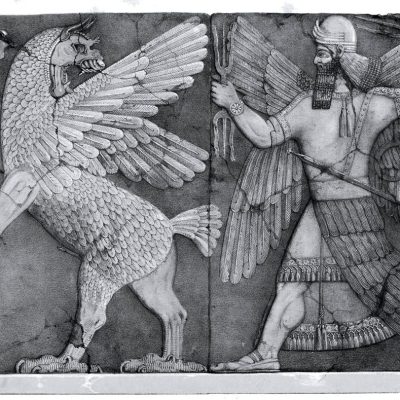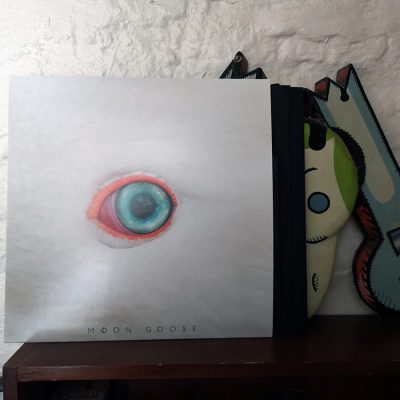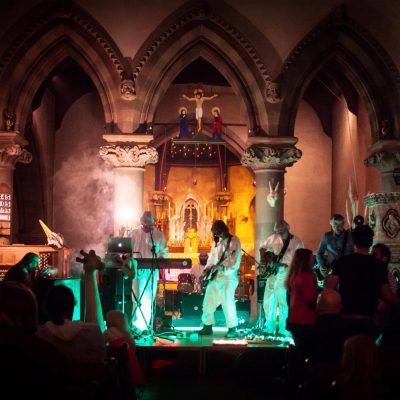news: Tag: moon goose

Anzû, also known as dZû and Imdugud (Mesopotamia)
For my first post here I would like to explore the place of the Moon Goose in ancient Mesopotamia. You can read more about my work on my blog
The Predominance of the Mythological Figure of the Moon Goose in Mesopotamia
Mesopotamia, the ancient region located between the Tigris and Euphrates rivers, was home to a rich and diverse mythology that played a significant role in the lives of its inhabitants. Among the various mythological figures that held prominence in Mesopotamian culture, one intriguing character stands out: the Moon Goose. Representing a blend of celestial symbolism and earthly motifs, the Moon Goose held a significant place in the mythological landscape of Mesopotamia.
The Moon Goose, known as “Anzu” in the ancient texts, was a creature of extraordinary power and beauty. Depicted as a giant bird with the head of a lion, the wings of an eagle, and a serpent’s tail, the Moon Goose was believed to dwell on the moon itself. According to Mesopotamian mythology, the moon was seen as a celestial deity, and the Moon Goose served as its emissary, bridging the gap between the earthly realm and the heavens.
The Moon Goose played a vital role in Mesopotamian cosmology and religious rituals. It was believed to be responsible for the waxing and waning of the moon, symbolizing the cyclical nature of time and the lunar phases. The Mesopotamians observed the moon closely, and its regular patterns served as a celestial clock for agricultural activities and religious ceremonies. The Moon Goose, with its association with the moon, became an integral part of their celestial narrative.
In Mesopotamian mythology, the Moon Goose was also intertwined with the epic tale of the god Enki and the storm deity Ninurta. According to the myth, the Moon Goose stole the Tablet of Destinies, a powerful artifact that held control over the fates of gods and humans alike. This act of thievery led to a great conflict between Enki and Ninurta, who were tasked with retrieving the stolen tablet. The Moon Goose’s role as a catalyst in this mythological tale further solidified its prominence in Mesopotamian lore.
Furthermore, the Moon Goose was often depicted in various forms of art and architecture across Mesopotamia. Sculptures and reliefs showcased the bird-like figure with intricate details and symbolism. Its presence in these artworks not only reflected the Mesopotamians’ fascination with celestial bodies but also served as a reminder of the Moon Goose’s importance in their cultural and religious practices.
The symbolism associated with the Moon Goose extended beyond the realms of mythology and religion. In Mesopotamia, the bird was considered a guardian and protector, often associated with the divine. Its depiction on seals and amulets suggested that the Moon Goose was believed to offer guidance and protection to individuals in their daily lives. The bird’s majestic and mythical qualities inspired a sense of awe and reverence, making it a significant symbol in Mesopotamian society.
Despite the passage of time and the rise and fall of empires, the mythological figure of the Moon Goose retained its predominance in Mesopotamia. Its significance in religious rituals, cosmology, and artistic representations ensured its enduring presence in the cultural fabric of the region. The Moon Goose represented the connection between the earthly and celestial realms, capturing the imagination of the Mesopotamians and serving as a bridge between the mortal and the divine.
In conclusion, the Moon Goose held a prominent role in Mesopotamian mythology. As the emissary of the moon, it symbolized the cyclical nature of time and played a crucial role in religious rituals. Its association with the theft of the Tablet of Destinies further solidified its significance in epic tales. Moreover, the Moon Goose’s presence in art and architecture showcased its enduring influence in Mesopotamian culture. As a guardian and protector, the bird inspired awe and offered guidance to the people of ancient Mesopotamia. Thus, the predominance of the mythological figure of the Moon Goose in Mesopotamia exemplifies the fusion of celestial and earthly elements in their cultural narrative.

Source Code Vinyls back in stock!
This one is still in the nest and could be flying to you soon if you want it!
https://moongoosecult.bandcamp.com/album/source-code
This new pressing of our debut album Source Code, published by the mighty Fruits de Mer Records features a nice inlay designed just for this version. We only have 61 of those for now so if you missed the first batch, don’t wait too much this time.

Source Code Release Party!
We had a blast last night for our Release Party.
Photo by the talented Billie Charity
Playing in a Church was amazing. The set was decorated thanks to Lavish Studio masks and oddities.
Val’s gong bath was perfect. (The Table)
Firecrow’s set at the intermission was brilliant!
The place was filled with familiar faces and we made lots of new friends around a few pints after the show.
Dave played on the massive Church’s organ, we had a powerful choir on Knifeless Skinning chanting Sanskrit and Gregorian chants mixed together.
We had a human smoke machine! Thanks Emanation Smith.
We sold the few vinyls we had kept so we are completely sold out this time. 580 pressed and gone.
We’ll share more photos and videos. If you have some share them with us!
Special thanks to our Number one fan Paul Evans who came from Manchester to see the show. And to Juliette and the girls for handling the door.
We’re overwhelmed by the feedback we’ve had on the album and the show. Thank you so much!







